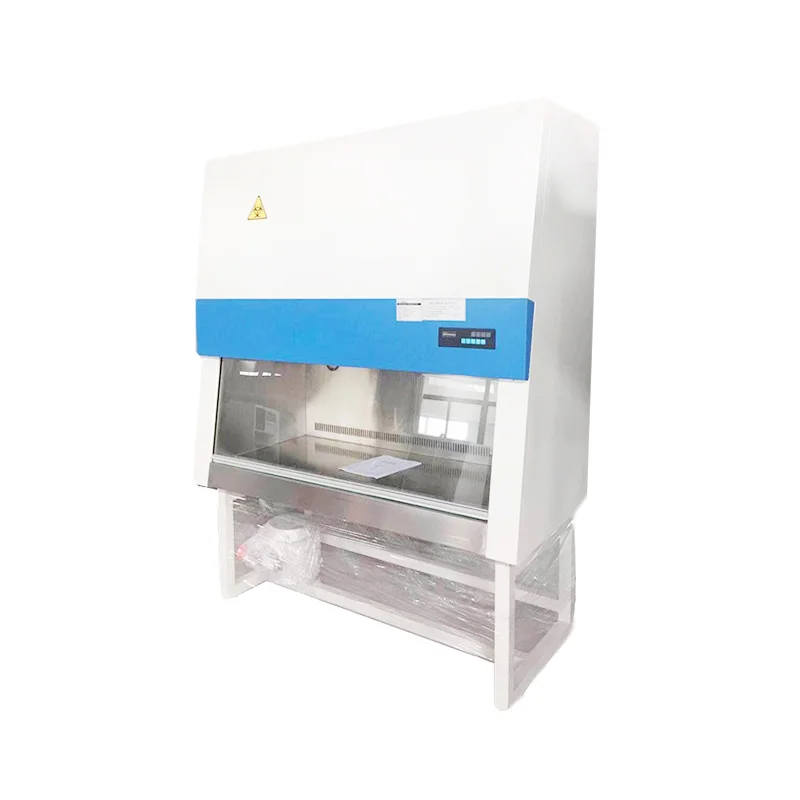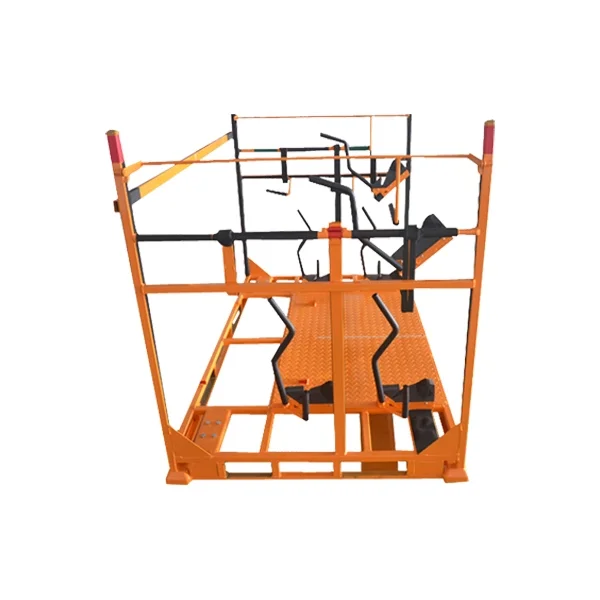In the realm of microbial research, the manipulation of potentially hazardous microorganisms necessitates stringent safety measures. Among the most crucial pieces of equipment in this context is the biological safety cabinet. By utilizing High-Efficiency Particulate Air(HEPA)filters and maintaining a continuous inward airflow, the biological safety cabinet ensures a high level of biosafety. Additionally, it often features UV lights and antimicrobial surfaces to further sterilize the workspace. For researchers handling biohazardous materials, the biological safety cabinet is not just a tool but a vital safeguard in the pursuit of scientific discovery.

What is a Biological Safety Cabinet?
A biological safety cabinet is a box-shaped air purification negative pressure safety device designed to protect the operator, the environment, and the work product from contamination. It operates under a controlled negative pressure environment, ensuring that contaminated air does not escape into the surrounding area. The biological safety cabinet's core selling point lies in its ability to prevent aerosols containing dangerous or unknown biological particles from spreading during handling, making it indispensable in microbial research settings.
Key Features and Benefits of Biological Safety Cabinets
1. Air Purification System
One of the most notable features of a biological safety cabinet is its HEPA (High-Efficiency Particulate Air) filter system. These filters are capable of removing at least 99.997% of particles as small as 0.3 micrometers, effectively trapping harmful microorganisms. The continuous supply of filtered, clean air into the cabinet maintains a sterile workspace, minimizing the risk of cross-contamination.
2. Negative Pressure Environment
The biological safety cabinet operates under a slight negative pressure relative to its surroundings. This means that air flows into the cabinet but does not escape, preventing contaminated air from seeping out and posing a risk to personnel or other areas. This controlled airflow is crucial for containing any potential biological hazards within the cabinet's confines.
3. Work Zone Protection
The work zone within a biological safety cabinet is designed to provide maximum protection. It typically includes a front window made of impact-resistant safety glass, allowing clear visibility while maintaining a barrier between the operator and the contaminated materials. Additionally, the cabinet's interior surfaces are often constructed from materials that are easy to clean and disinfect, further reducing the risk of contamination.
4. User Protection
The design of biological safety cabinets also incorporates features to protect the operator. For instance, the cabinet may include an ultraviolet (UV) light to sterilize the work surface before and after use. Some models also incorporate ergonomic features such as adjustable shelving and a comfortable working height to reduce operator fatigue and increase efficiency.
5. Flexibility and Versatility
Biological safety cabinets come in various sizes and configurations to cater to different research needs. From class I and class II cabinets designed for basic to advanced biosafety levels, to class III cabinets used for handling highly infectious agents, there is a biological safety cabinet suited for every microbial research application. This versatility ensures that researchers can select the appropriate cabinet for their specific work, enhancing both safety and productivity.
The Role of Biological Safety Cabinets in Microbial Research
In microbial research, the use of biological safety cabinets is paramount for several reasons:
-
Containment of Pathogens: Biological safety cabinets provide a contained environment where pathogens can be safely manipulated without the risk of spreading to the operator or the broader laboratory.
-
Protection of Research Integrity: The sterile conditions within a biological safety cabinet minimize the risk of contamination, ensuring the accuracy and reliability of experimental results.
-
Compliance with Safety Regulations: Using biological safety cabinets aligns with international biosafety standards and regulations, demonstrating a commitment to worker safety and environmental protection.
-
Enhancement of Research Efficiency: The controlled environment of a biological safety cabinet facilitates precise and efficient handling of microorganisms, accelerating research timelines and improving overall productivity.
In conclusion, biological safety cabinets are indispensable tools in microbial research. Their advanced air purification systems, negative pressure environments, and robust user protection features make them the cornerstone of biosafety protocols. By providing a controlled, sterile workspace, biological safety cabinets enable researchers to safely handle potentially hazardous microorganisms, ensuring the integrity of their work while protecting both personnel and the environment. As microbial research continues to advance, the importance of biological safety cabinets will only grow, making them a vital investment for any research facility committed to safety and excellence.
https://www.zinscien.com/the-importance-of-biological-safety-cabinets-in-microbial-research.html
www.zinscien.com
Shanghai Zhenxin Technology Co., Ltd.



+ There are no comments
Add yours